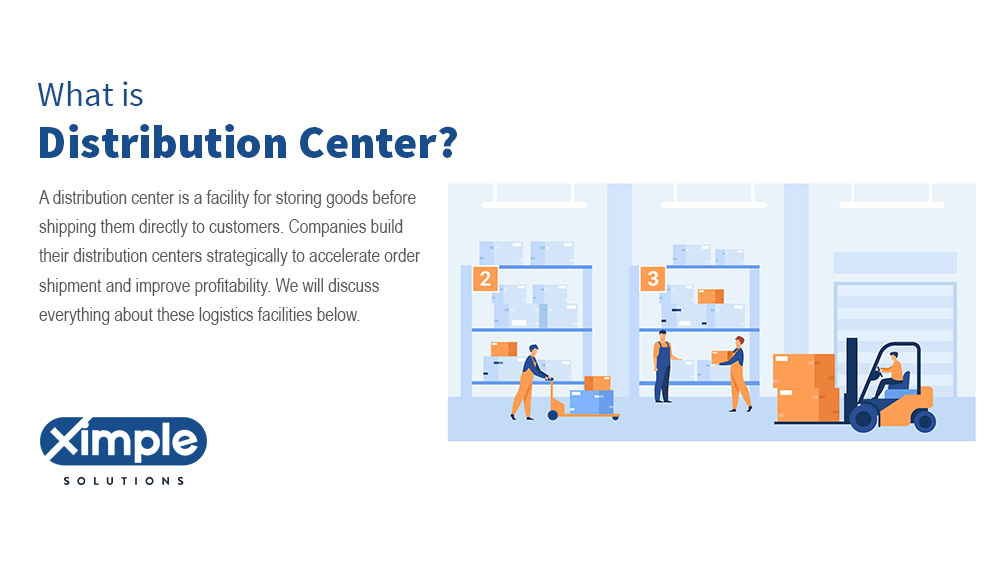What is a Distribution Center? How Does It Work?
The users of this content are individuals or organizations that are interested in understanding the concept of a distribution center, its differences from a traditional warehouse, and its benefits. This content provides an overview of what a distribution center is, how it works, and why companies might consider building one. It covers topics such as […]
Read More



